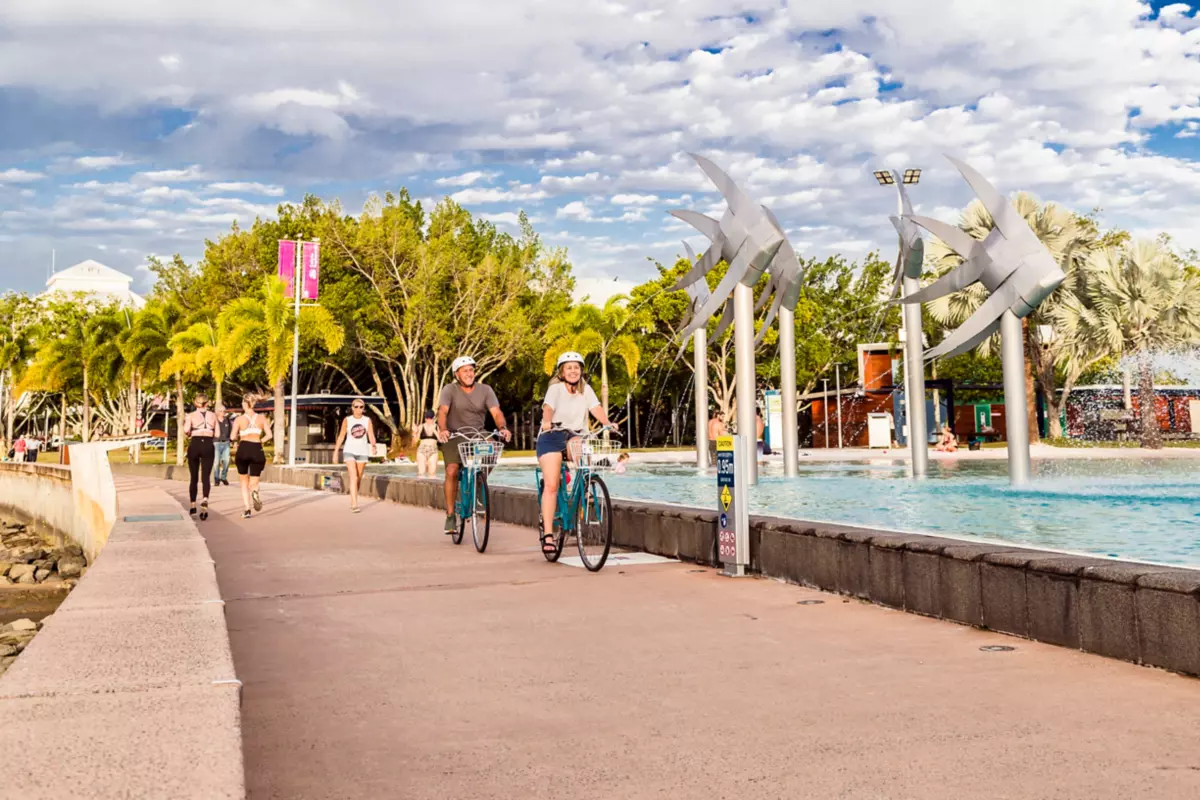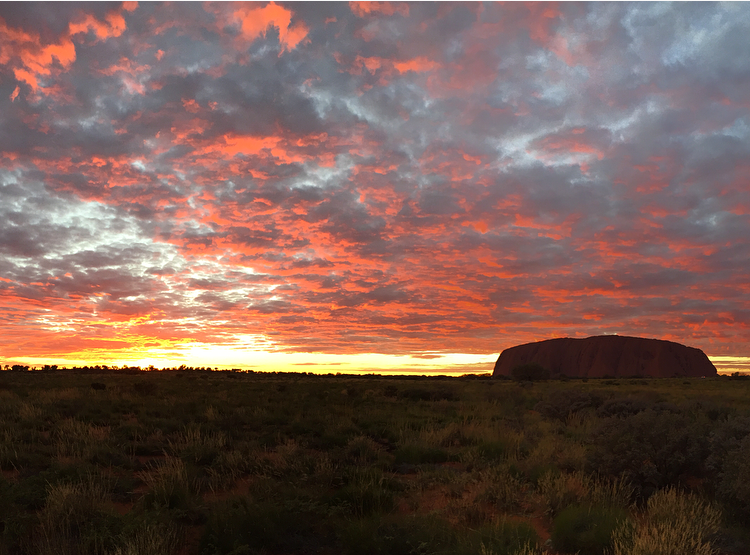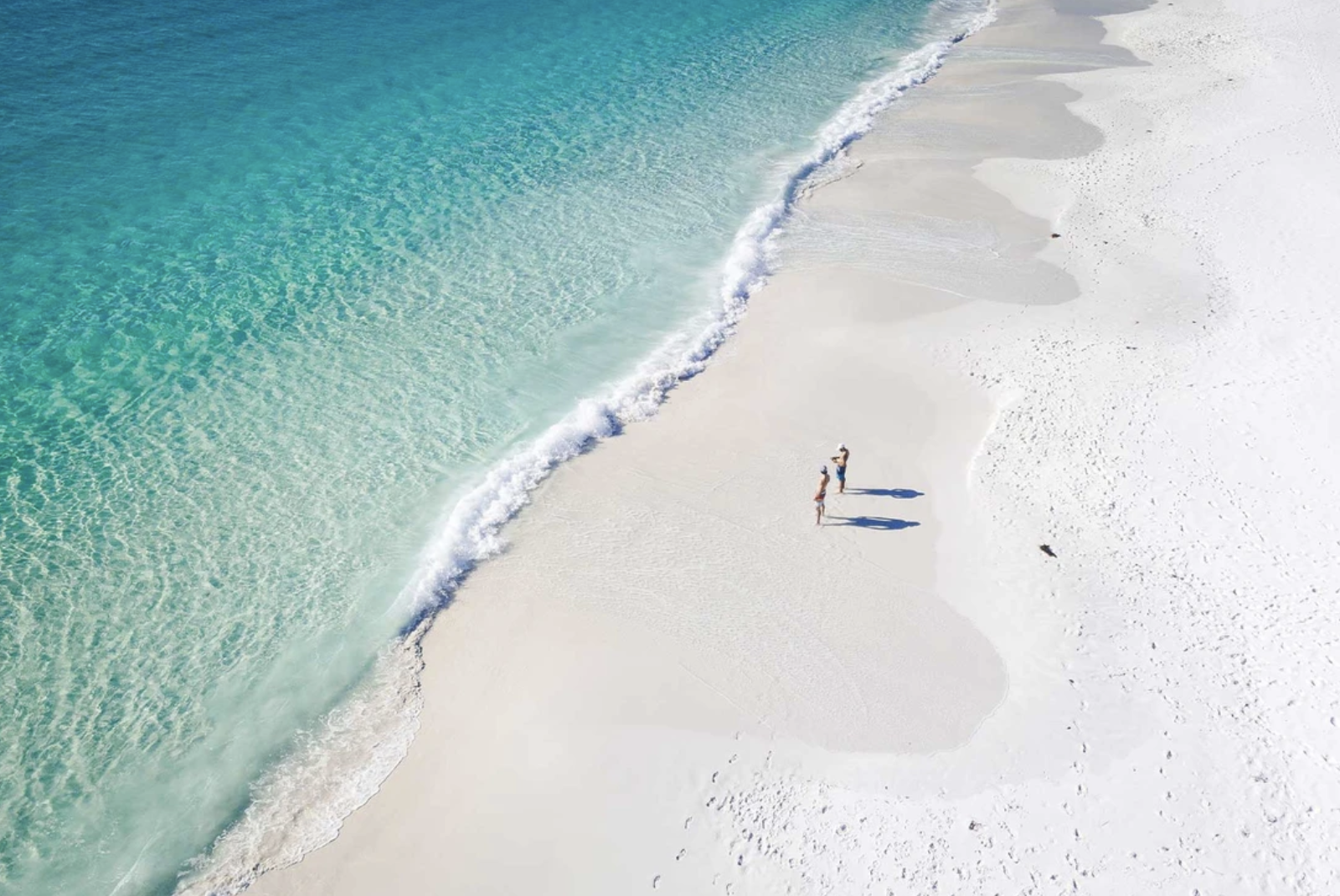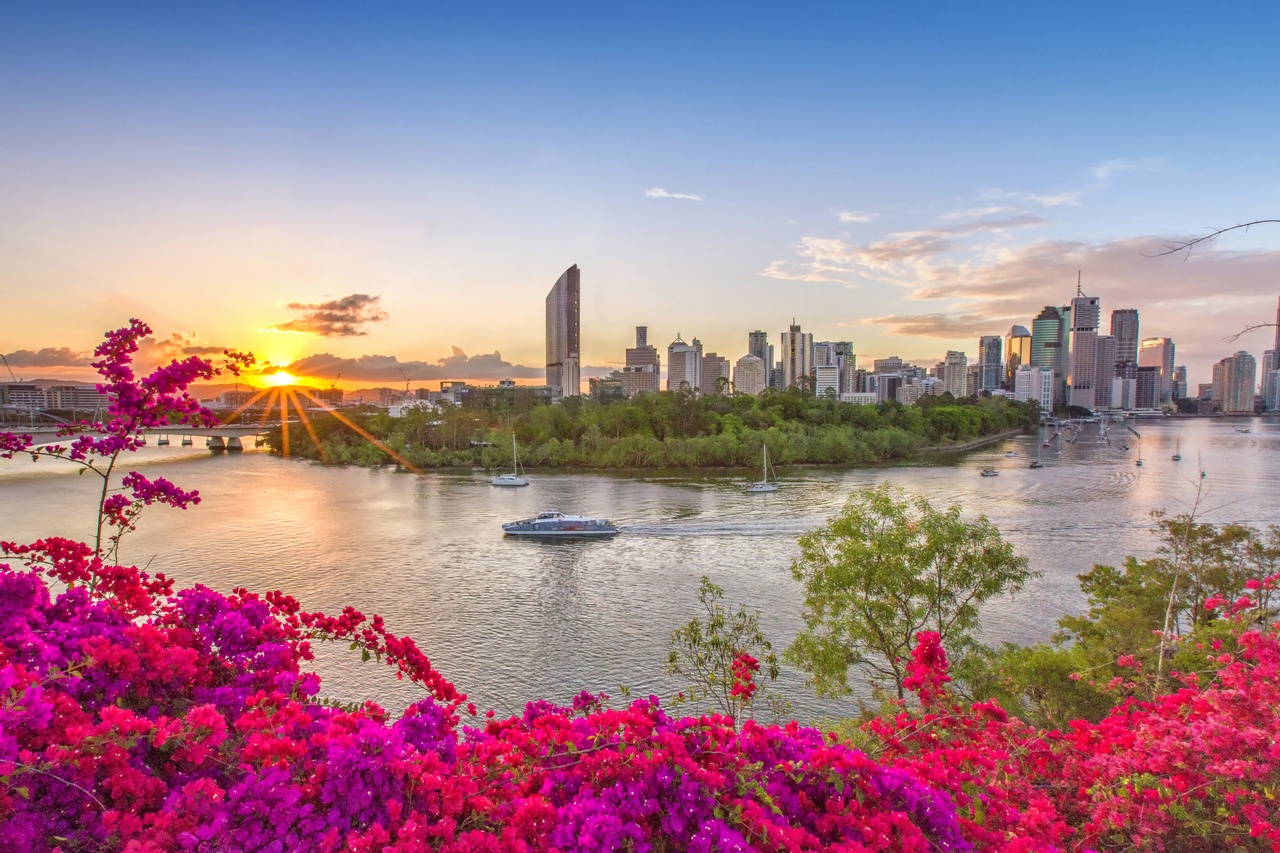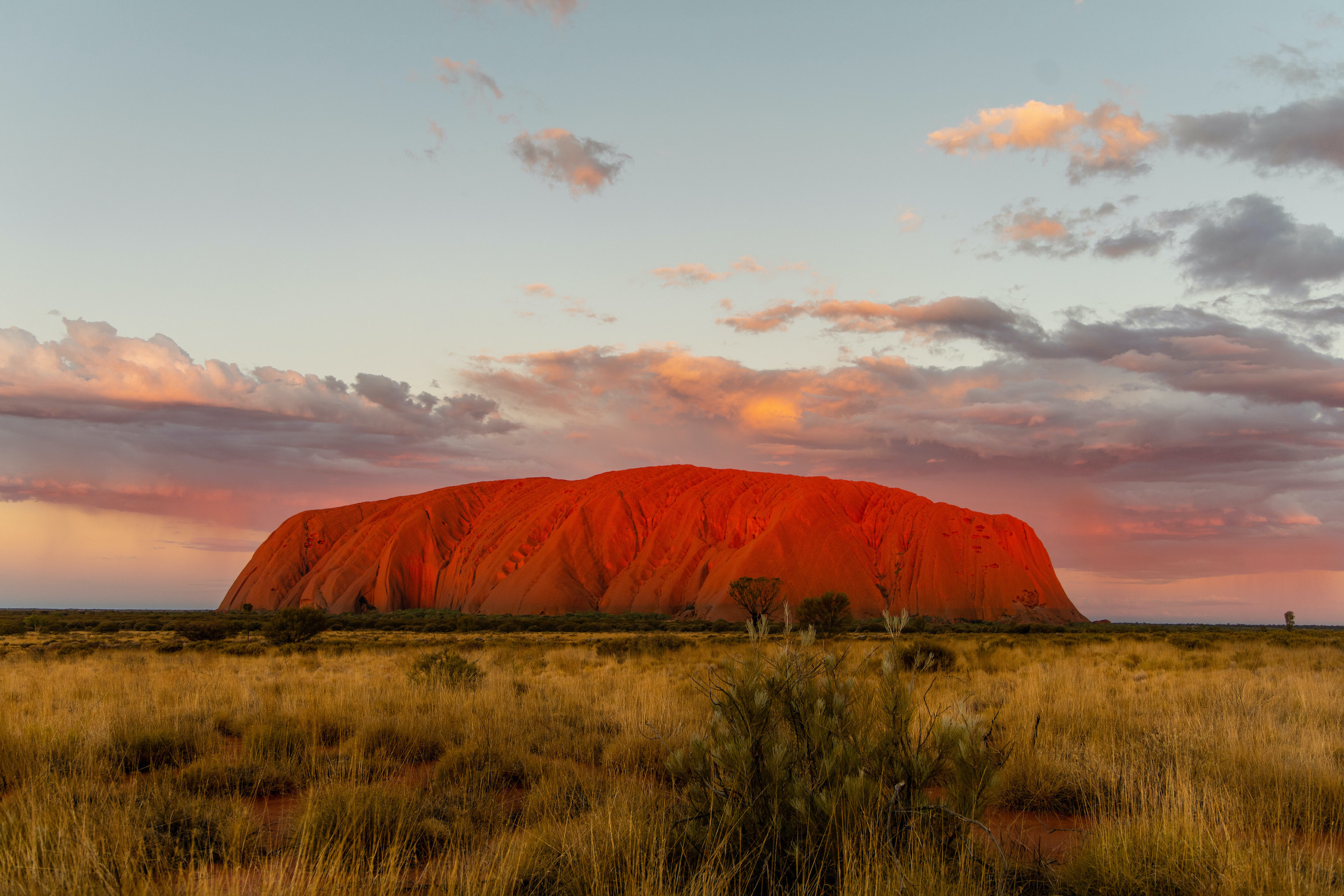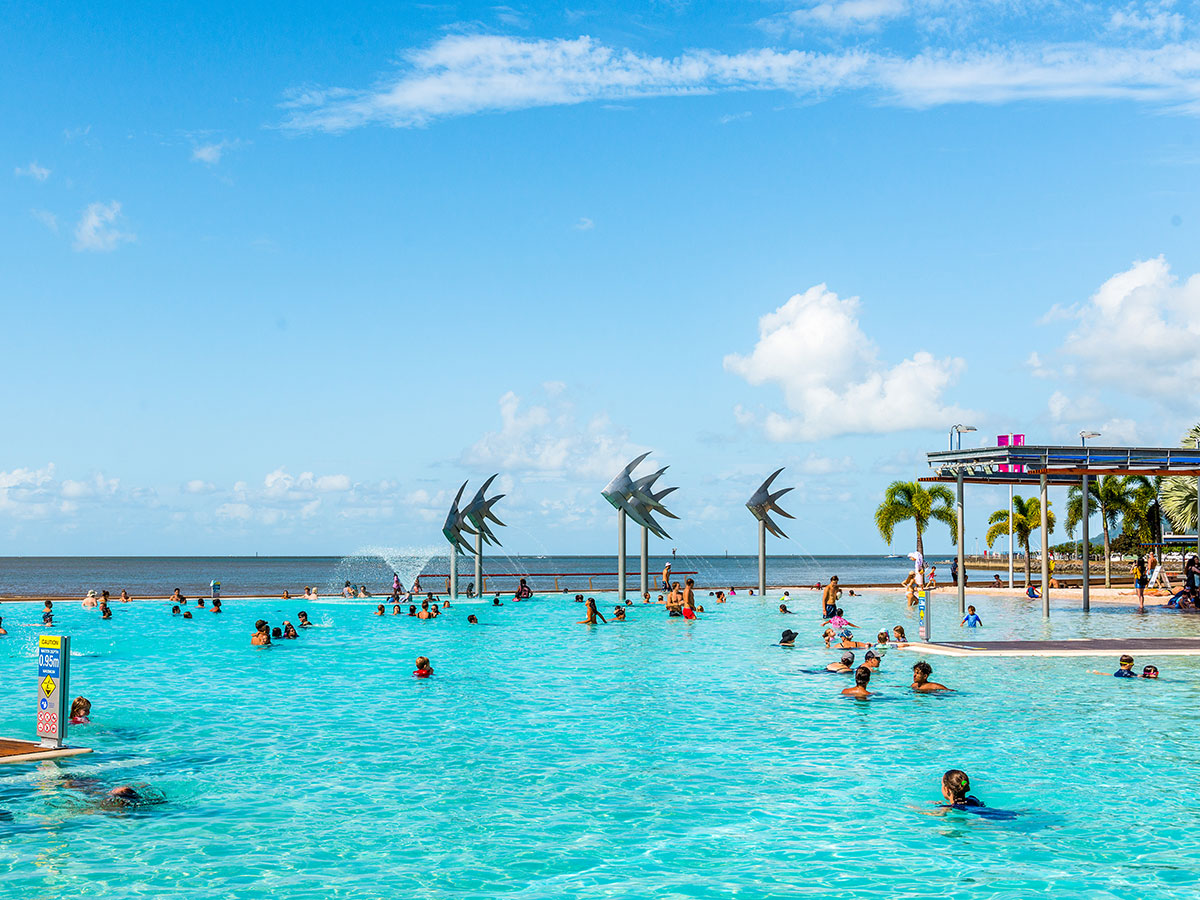There’s something fun about pre-trip planning and packing. Whether it’s working out what outfits to where and when, what skincare to take depending on the destination (cooler climates + hydration, warmer climates + sunscreen and aloe alllllll day), or if sports trainers can be compensated by a cute pair of sneakers (usually, yes).
Anyway, this week we’re taking a look at beautiful Bali and what I, as a 26-year-old female, think are the essentials when packing for li’l Bali getaway.
Check out the below or, tag us in your Bali packing inspo posts on Instagram @backpackerdeals for your chance to be featured!
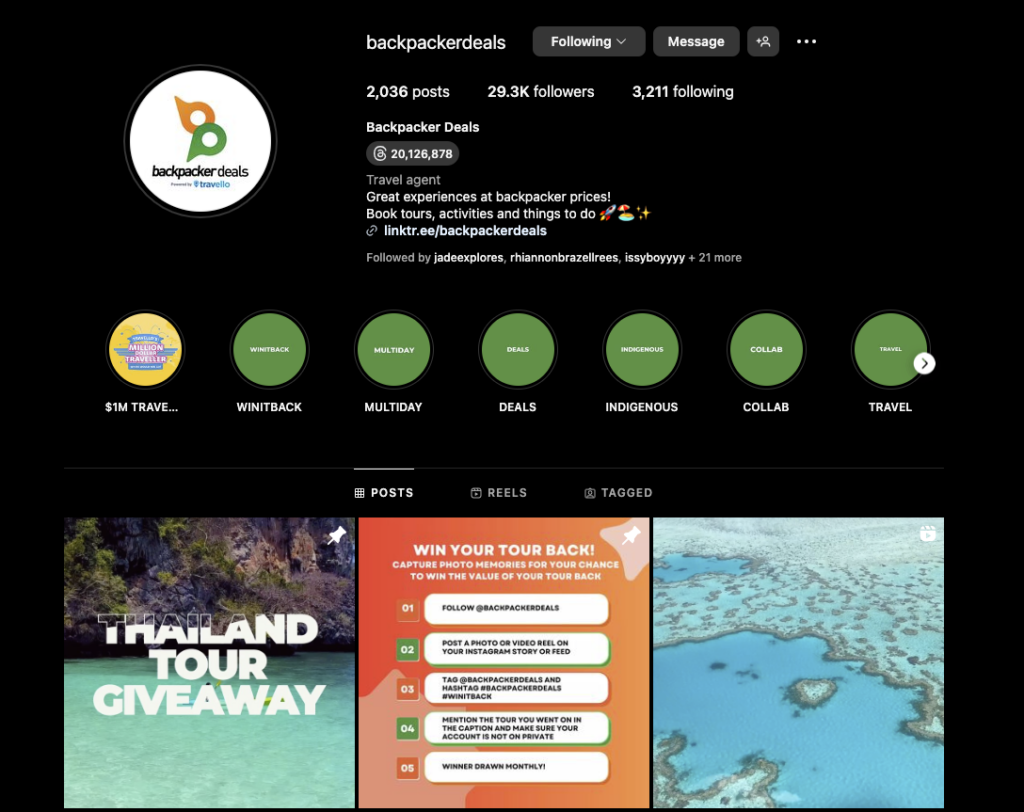
What to pack for Bali
Comfy AND Stylish Outfits:
Flowy dresses (day to night in literally a hot minute)
Crop tops (she’s cute, she’s fun)
Swimsuits for those unforgettable beach days (duh)
Linen and light cotton for airflow
Sun Essentials:
High SPF sunscreen
Massive hat AND a cap
Sunnies
Adventure Gear:
Comfortable activewear
Sturdy shoes (in case you opt for a hike)
Socks. Seriously…pack socks.
Note: We recommend buying bottled water in Bali rather than filling up a waterbottle. So leave the Frank Green at home.
Tropical Beauty Essentials:
Waterproof mascara (swim and slay all day)
Nourishing hair mist
Aloe (to soothe the skin after all that sun exposure)
Travel Tech Must-Haves:
Portable charger
Waterproof phone pouch/case
All About Reef-Safe Sunscreen: Your Ultimate Reef-Safe Sunscreen Guide
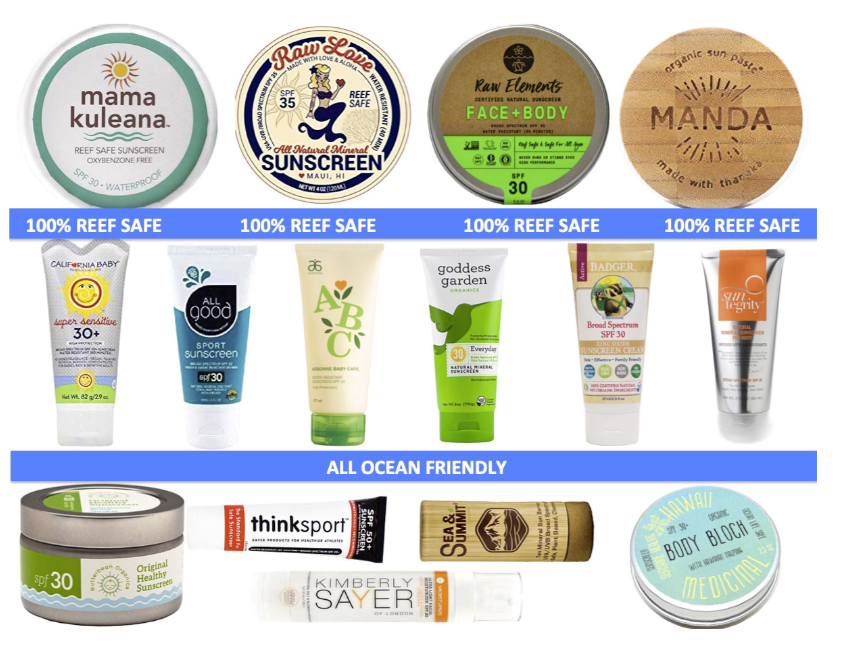
Marine Sanctuaries are crucial for protecting the ocean's incredible biodiversity, and we must be mindful of the products we use to keep them safe. To ensure we are doing our part, it's essential to choose reef-safe sunscreens that won't harm marine life, particularly coral reefs.
What to Look for:
Opt for sunscreens with physical UVA and UVB filters, such as zinc oxide and titanium dioxide. These ingredients form a protective barrier on the skin, blocking harmful rays without absorbing them like chemical filters do.
Choose mineral-based options, as they are generally considered safe for reefs. Both nano-particle and traditional zinc oxide sunscreens are effective and safe.
Avoid Harmful Ingredients:
Check the "active ingredients" label to avoid reef-harming chemicals like oxybenzone, octinoxate, homosalate, and more (see the "HEL list" above).
Say no to spray or misting sunscreens, especially those containing titanium dioxide, as they can be harmful if inhaled.
Mind the Size:
Opt for micro-sized (or non-nano) mineral sunscreens to avoid toxic nanoparticles in high concentrations.
Eco-Friendly Packaging:
Choose products with reduced single-use plastic packaging, opting for reusable containers, high recycled content, or biodegradable plant-based materials like cardboard.
Beware of "Reef Friendly" Claims:
The term "reef friendly" is not regulated, so don't solely rely on it. Always check the label for reef-safe active ingredients.
Taking these steps will ensure that you protect both your skin and the marine environment during your Bali adventure. So, when you're at the store, be a savvy sunscreen shopper and make a positive impact on our precious ocean ecosystems.
Keen to see the beauty of Bali for yourself? Our 9 Day Bali Intro Tour is perfect for 18-39-year-olds looking for adventure and to make some new friends.
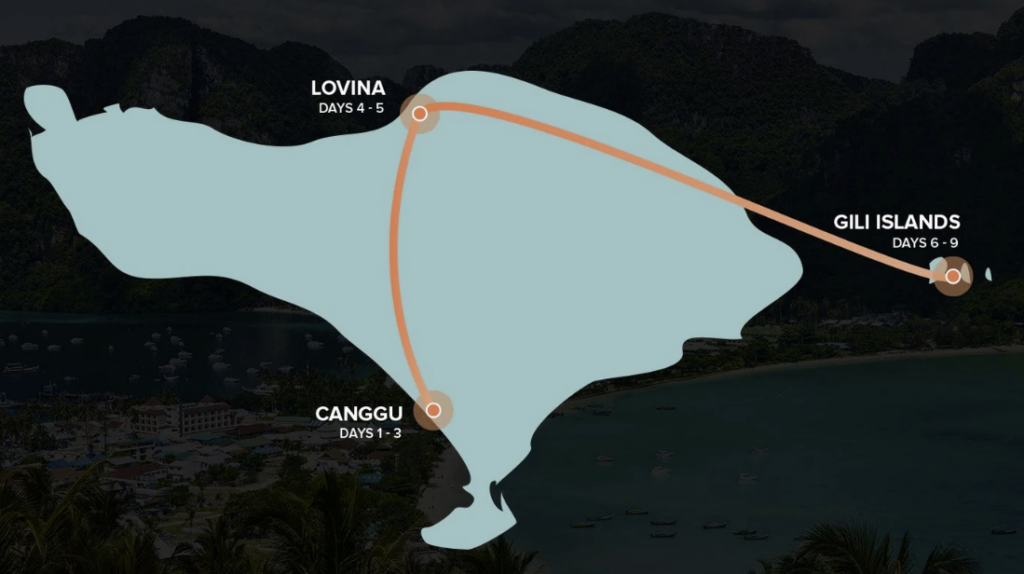
Find out more, on backpackersdeals.com, and score up to 10% cashback!



